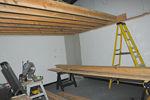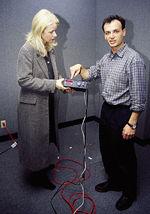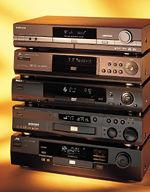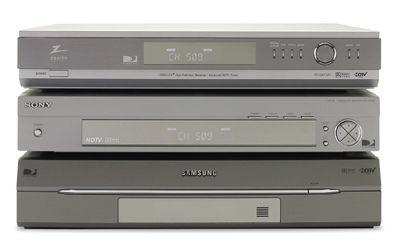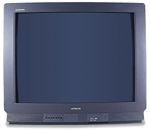Mike Wood
Sort By: Post Date | Title | Publish Date
|
Nov 04, 2002 |
Published: Nov 05, 2002
|
Oct 05, 2002 |
Published: Oct 06, 2002
|
Mar 31, 2001 |
Published: Apr 01, 2001
|
Feb 28, 2000 |
Published: Feb 29, 2000
|
Apr 28, 2000 |
Published: Apr 29, 2000
|
Jun 27, 2003 |
Published: Jun 28, 2003
|
Jan 25, 2000 |
Published: Jan 26, 2000
|
Sep 04, 2001 |
Published: Sep 05, 2001

